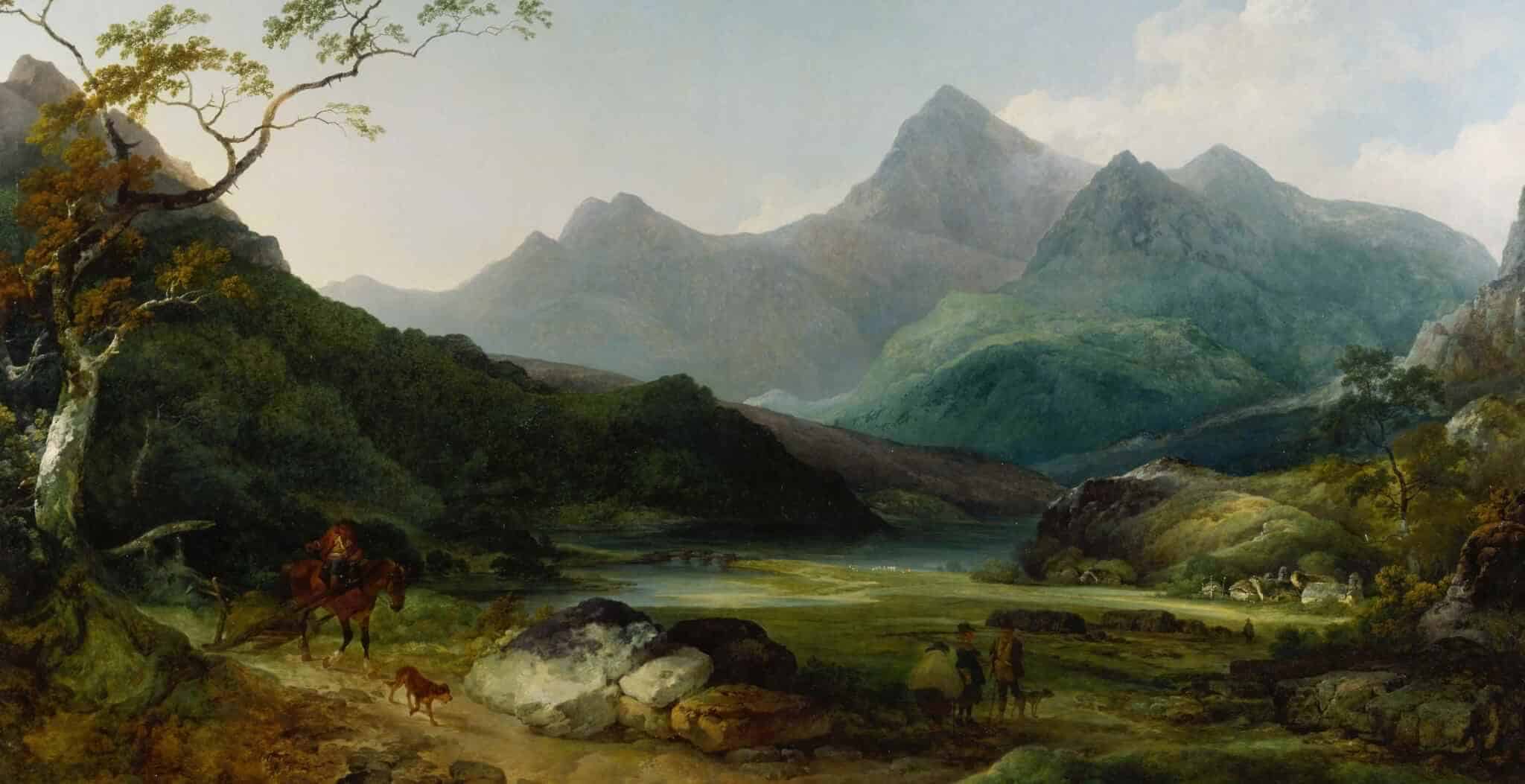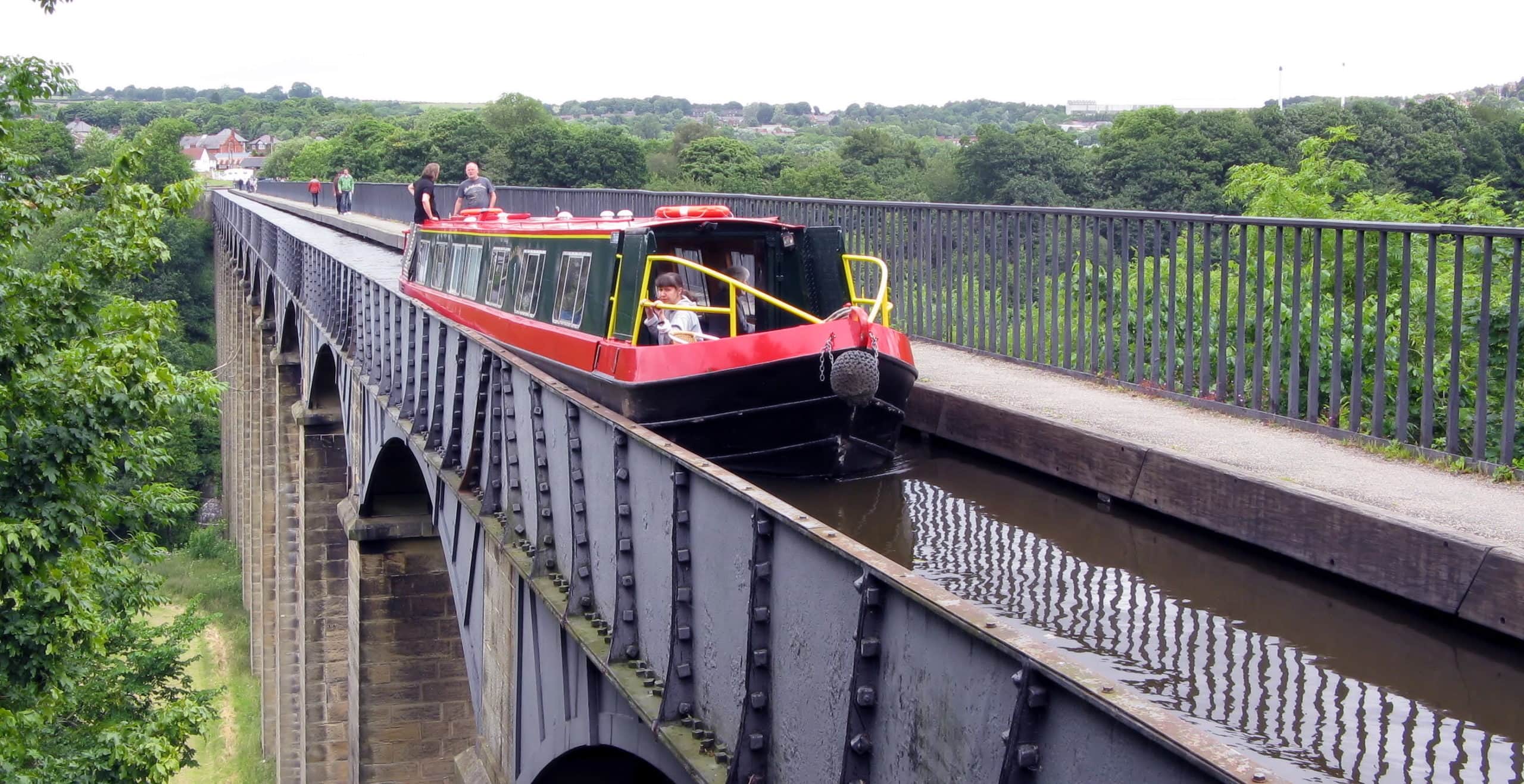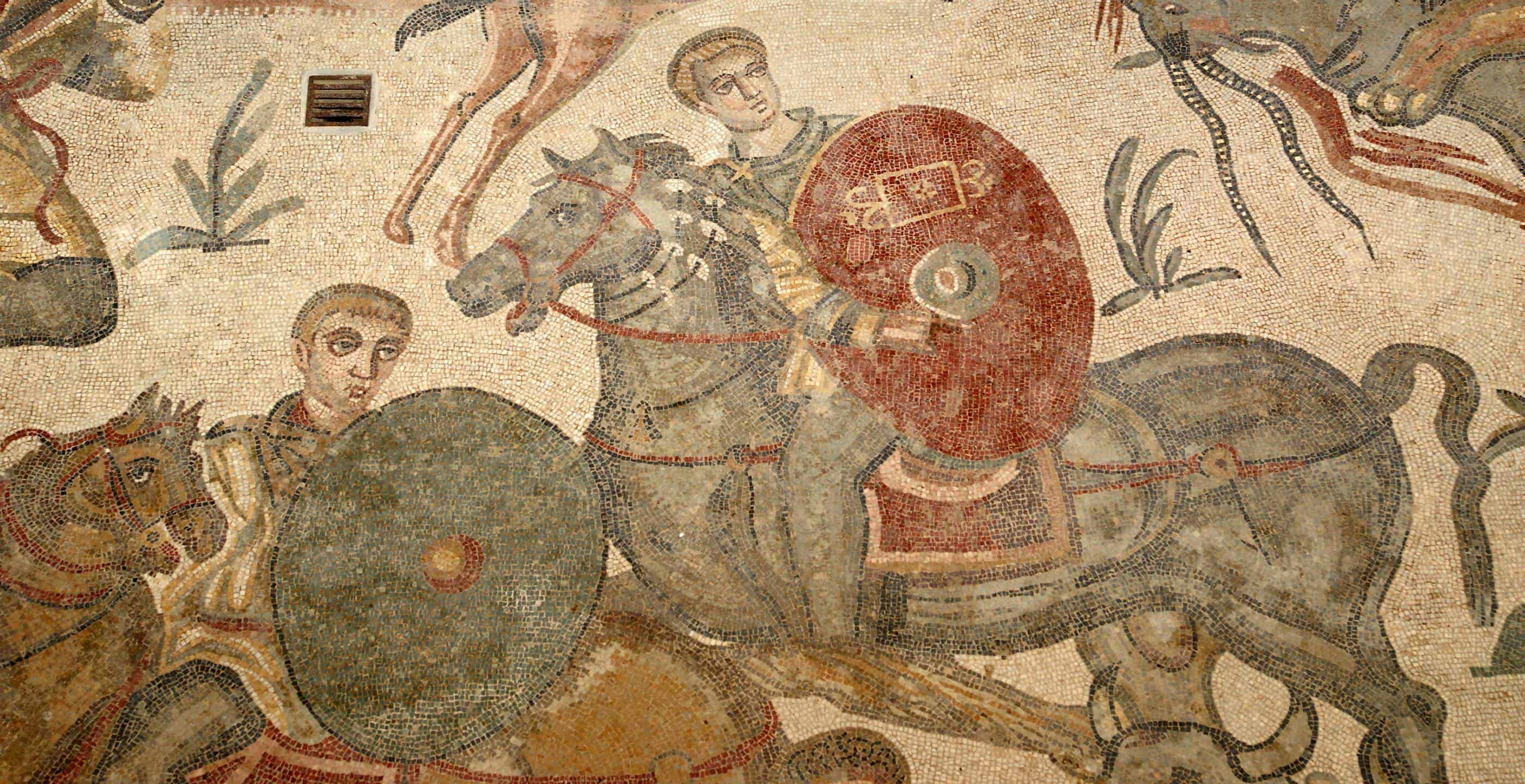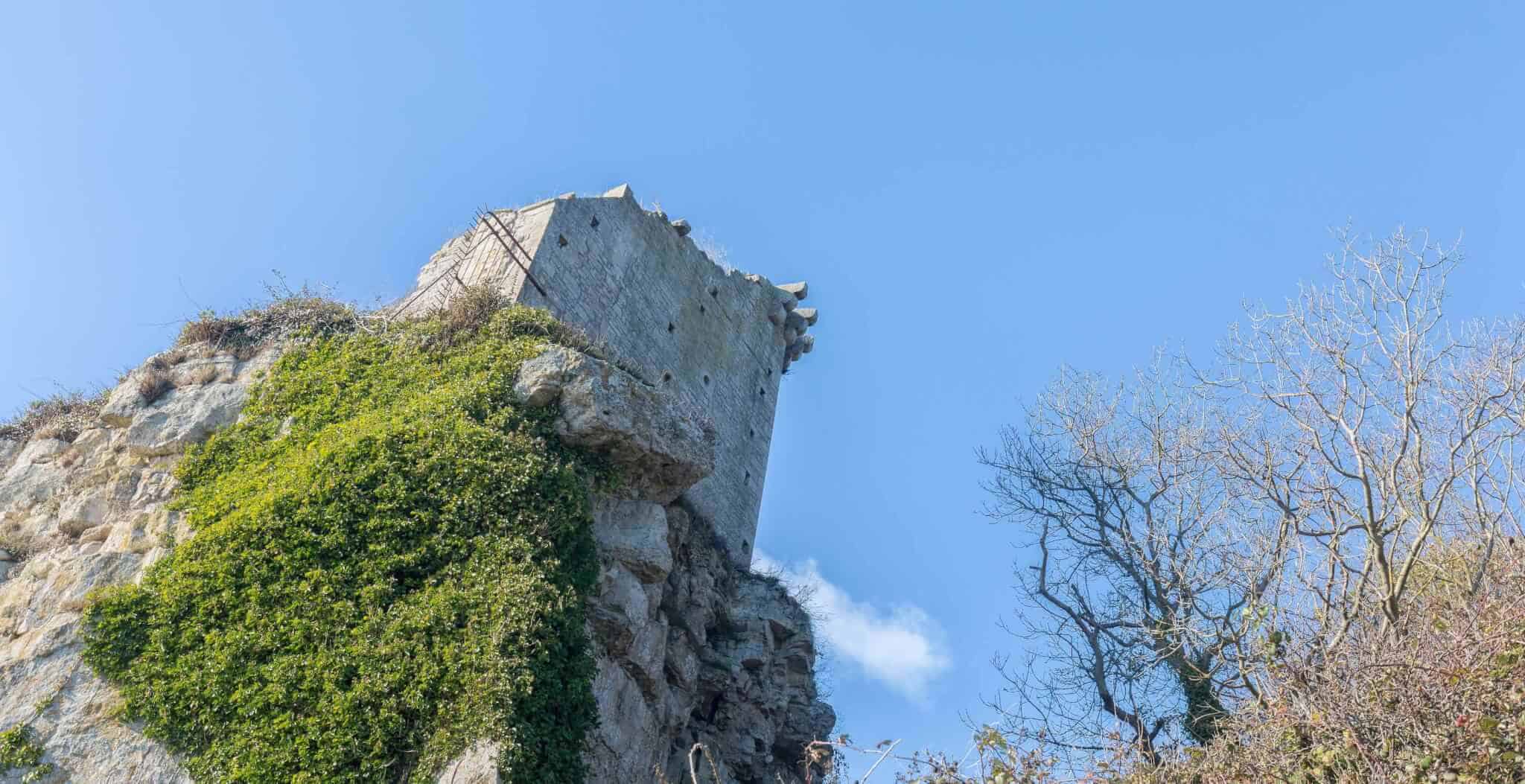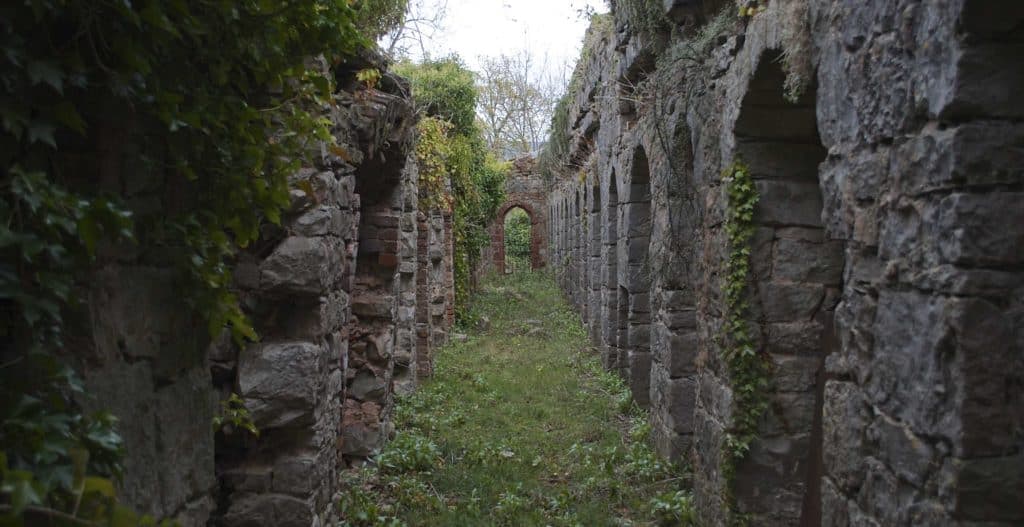Facts about North Wales
![]() Population: Approx. 600,000
Population: Approx. 600,000
![]() Famous for: Harlech Castle, Snowdon
Famous for: Harlech Castle, Snowdon
![]() Distance from London: 4 – 6 hours
Distance from London: 4 – 6 hours
![]() Highest Mountain: Snowdon (1,085m)
Highest Mountain: Snowdon (1,085m)
![]() Local delicacies: Welsh Rarebit, Leek Soup, Laverbread, Cockles
Local delicacies: Welsh Rarebit, Leek Soup, Laverbread, Cockles
![]() Airports: None
Airports: None
The rugged, natural beauty of North Wales has made this region a favourite amongst holidaymakers for centuries. From the Snowdonia National Park to the ancient Druid stronghold of Anglesey, all are within an easy reach of the major cities of Manchester, Liverpool and Chester.
As far as picturesque towns go, North Wales has some of the finest in the country. Seaside resorts include Llandudno, Colwyn Bay and Tywyn, whilst the towns of Caernarfon and Conwy are famous for their imposing castles and historic centres.
North Wales is also home to three of Wales’ five Areas of Outstanding Natural Beauty including the Lleyn Peninsula, the Clwydian Range and the Isle of Anglesey.
From the Roman withdrawal of Britain in AD410 to the English invasion in 1293, north Wales was known as the Kingdom of Gwynedd. During most of its early history the kingdom was often engaged in long and bitter conflicts with the Anglo-Saxon kingdom of Mercia to its east. In fact, it is thought that the long rivalry between Gwynedd (with its neighbouring Welsh Kingdom of Powys) and Mercia was the main reason for the construction of Offa's Dyke lesser known sibling, Wat's Dyke.
Further evidence of the years of conflict between north Wales and England can be seen in the myriad of 12th and 13th century castles which litter the border. Great examples of these fortifications include Chirk Castle near Wrexham, Mold Castle and Flint Castle.
